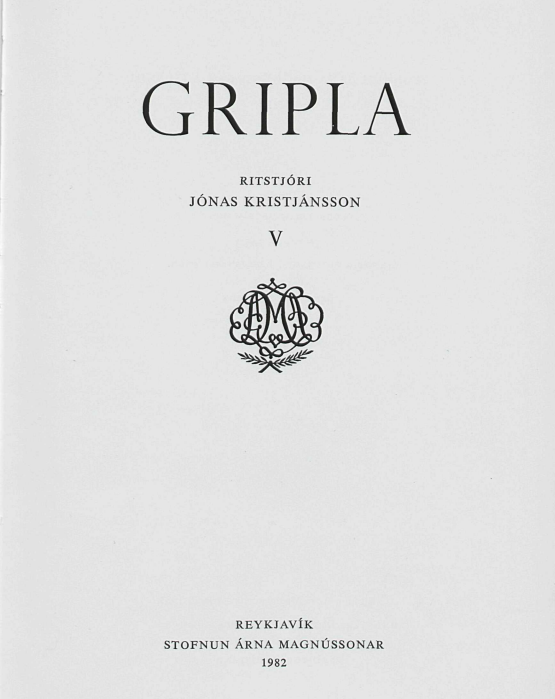Ambhǫfði kom norðan
Abstract
In Þorgils Saga and Hafliða there are several mock verses and in the 13* strophe of the saga the nickname Ambhǫfði is used of Hafliði Másson, a word which has not been successfully explained. In the same strophe two other chieftains Hallr Teitsson and Þórðr of Vatnsfjǫrðr are referred to as Orknhǫfði (seal-head) and Hjarthǫfði (deer-head). Magnus Olsen suggested many years ago that Ambhǫfði meant bird-head, most likely hawk- or eagle-head. In this paper the author agrees that Ambhǫfði refers to a bird-head but not to a hawk or eagle as that would destroy the satirical effect of the verse. It is maintained that amb in Ambhǫfði is related to the verbs amra, ambra, to moan, mew and the noun ambur « *ambr) meaning a moaning, or a boring complaint or noise. It occurs also in the placename Amburhöfði. Amb is explained as a double form of noun, amb/ambr as in sig/sigr in the names Siggeirr *Sigrgeirr, Sigbjǫrn *Sigrbjǫrn. The author suggests that *ambr is originally an onomatopoeic word meaning a gull. This is supported by Hafliði's patronymic Már, a gull.



